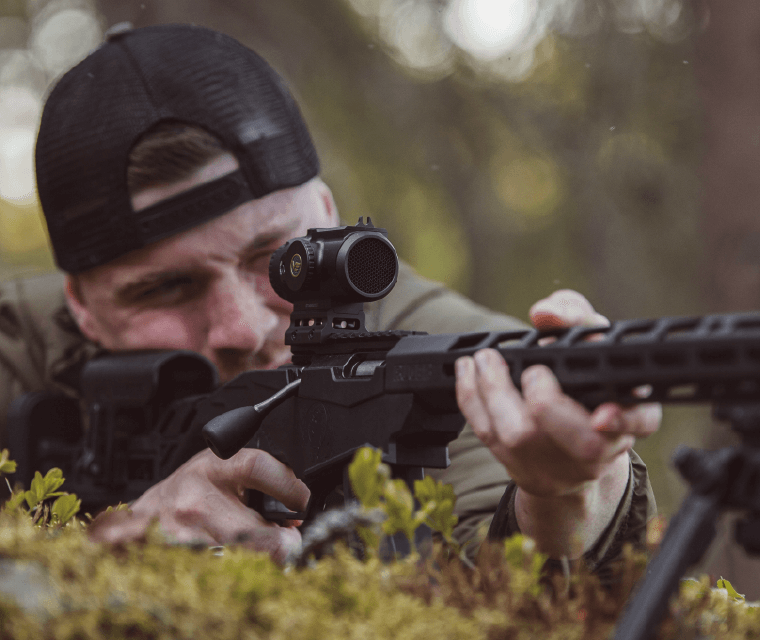

-
-
-
- Benchrest Shooting - Continental
- PRS - Continental
- Continental Small Game Hunting
- Continental Long-range
- Continental Varmint Hunting
- Continental Driving Hunting
- Continental Plain Game Hunting
- Continental Big Game Hunting
- Continental Mountain Hunting
- Continental Dangerous Game Hunting
- Continental 3-Gun
- Continental IPSC-rifle
- Continental Field Target Shooting
- Continental Target Shooting
- Continental X10 ED FFP / SFP
- Continental X8 ED SFP Hunting
- Continental X8 ED SFP Tactical
- Continental X6 HD SFP Tactical
- Continental X6 HD SFP Hunting
- Continental X6 HD FFP 34mm
-
-
-
-



















































































































